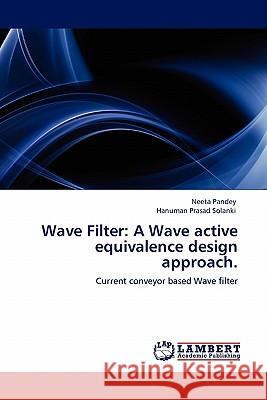Wave Filter: A Wave Active Equivalence Design Approach. » książka
Wave Filter: A Wave Active Equivalence Design Approach.
ISBN-13: 9783844381696 / Angielski / Miękka / 2011 / 68 str.
A lot of research is being impended in the area of current-mode design techniques since last few decades. The evolution of modern applications of analog signal processing has led to this trend of current mode, where signals representing the information are in the form of electric currents. Current-mode design offers inherent flexibility when designing low power circuits operating at extremely low power supplies. This book explores an interesting concept of the designing of current-mode wave filter. An extensive literature survey of the current mode building blocks has been included with particular attention to Current conveyors. Specific wave equivalent of an inductor in a series branch has been realized using current conveyor blocks. The wave active equivalent of passive elements has also been realized. An implementation of a third-order filter transfer function using Current conveyor based wave equivalents has been carried out. The simulations have been performed using 0.18 micron TSMC CMOS technology parameters.
A lot of research is being impended in the area of current-mode design techniques since last few decades. The evolution of modern applications of analog signal processing has led to this trend of current mode, where signals representing the information are in the form of electric currents. Current-mode design offers inherent flexibility when designing low power circuits operating at extremely low power supplies. This book explores an interesting concept of the designing of current-mode wave filter. An extensive literature survey of the current mode building blocks has been included with particular attention to Current conveyors. Specific wave equivalent of an inductor in a series branch has been realized using current conveyor blocks. The wave active equivalent of passive elements has also been realized. An implementation of a third-order filter transfer function using Current conveyor based wave equivalents has been carried out. The simulations have been performed using 0.18 micron TSMC CMOS technology parameters.











